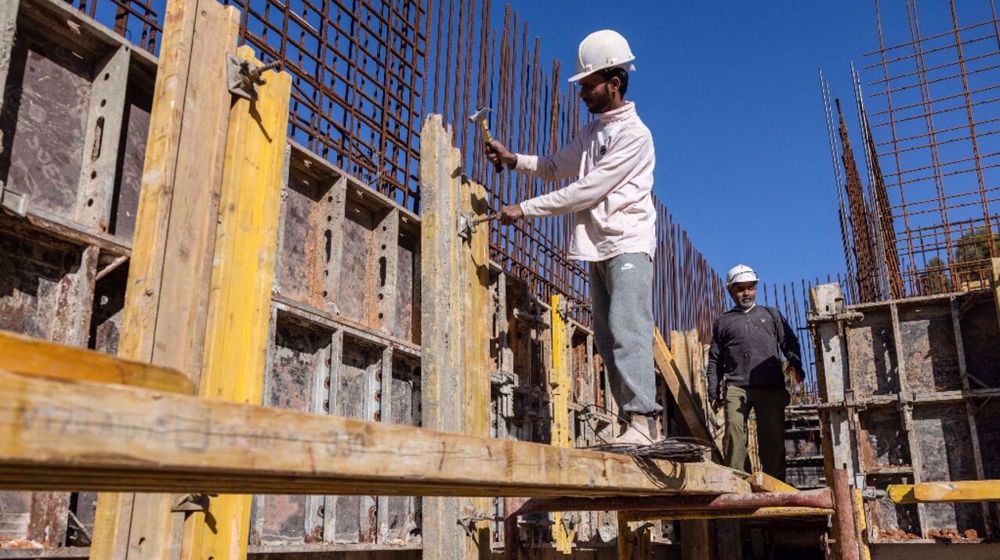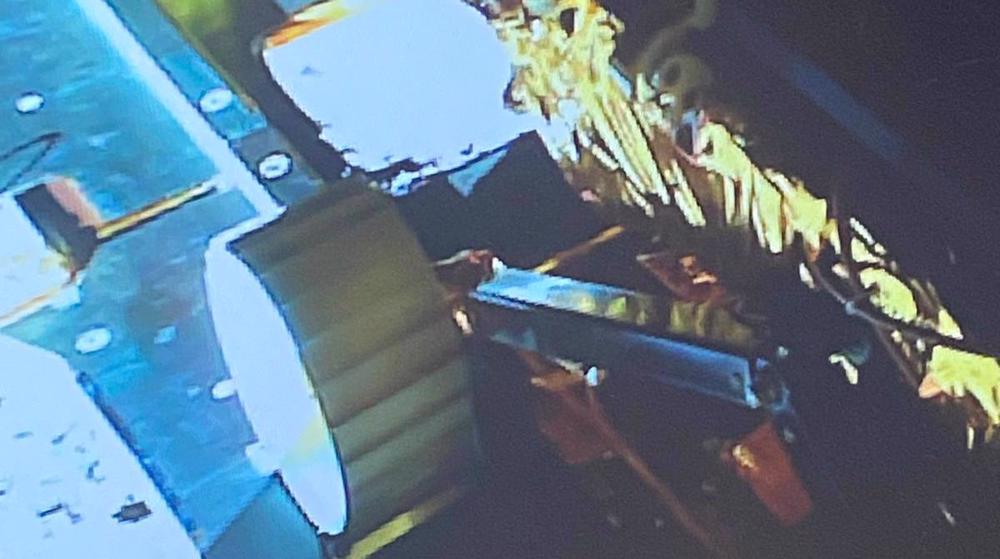Indian rover 'Pragyan' starts exploring moon's south pole
India began exploring the moon's surface with a rover, after becoming the first country to land a spacecraft near the largely unexplored lunar south pole.
The Vikram lander made a successful landing on Wednesday making India the fourth country after Russia, the US and China to make a soft landing on the moon.
The lunar rover, called Pragyan, began exploring the moon's surface on Thursday as part of the country's Chandrayaan-3 mission.
"Rover ramped down the lander and India took a walk on the moon!" the ISRO posted on X, formerly known as Twitter on Thursday.
Rover on the moon
The six-wheeled, solar-powered Pragyan rover will explore the relatively unmapped region and transmit images and scientific data over its two-week lifespan.
"Pragyan"—Wisdom in Sanskrit—began exploring the lunar surface hours after its landing on the moon.
Chandrayaan-3 was launched on a less-powerful rocket on July 14 and had to orbit the earth several times to gain speed, taking almost one month to reach the moon.
The successful launch comes four years after the previous Indian lunar mission failed during its final descent. The failure was seen as a huge setback for the country’s space program.
Having a comparatively low-budget space program, Chandrayaan-3 has a cost of $74.6 million—far lower than many missions from other countries.
Congratulating the team of scientists at India’s Space Research Organisation (ISRO), Indian Prime Minister Narendra Modi on Wednesday said, “India’s successful moon mission is not India’s alone...Our approach of one earth, one family one future is resonating across the globe...Moon's mission is based on the same human-centric approach. So, this success belongs to all of humanity.”
India's space programs
In 2014, India became the first Asian nation to put a craft into orbit around Mars and plans to send a probe towards the sun in September.
ISRO is also set to launch a three-day crewed mission into Earth's orbit by next year.
India’s space organization also plans a joint mission with Japan to send another probe to the Moon by 2025 and an orbital mission to Venus within the next two years.

Indian worker shot dead in Jordan trying to enter Israeli-occupied territories

Iranian flotilla makes port call in India with 'friendship message'

End of the American empire and lessons for India
Hamas welcomes Gaza reconstruction plan adopted at Arab summit
Columbia University students protest invite to ex-Israeli PM Bennett
VIDEO | Trump lays out divisive agenda in first speech to Congress
FM: Independence a 'conscious choice' for which Iran pays price
VIDEO | Press TV's news headlines
Israel repeatedly breaches terms of Gaza truce, causing significant humanitarian crises
Ayatollah Khamenei donates funds to release needy prisoners
China vows to fight US 'till the end' amid escalating trade war







 This makes it easy to access the Press TV website
This makes it easy to access the Press TV website